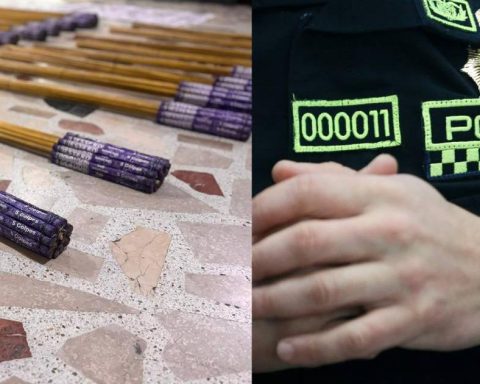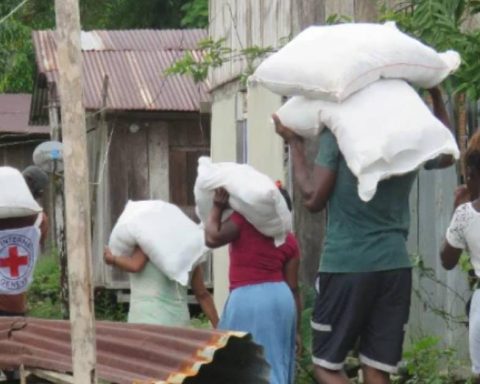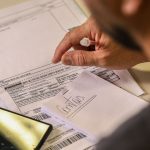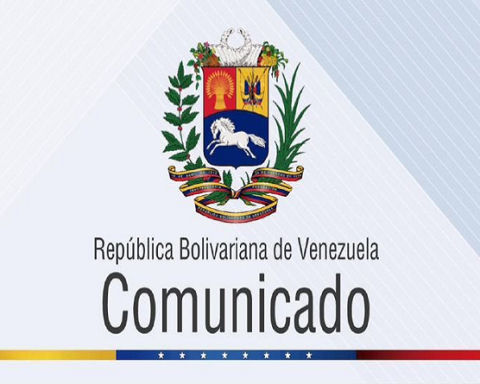Many clean energy generation projects are being developed in Colombia and compared to the countries of the region, is one step ahead in its execution. In addition, in five years, half of the electricity matrix would come from non-conventional clean sources.
(Six projects financed with royalties from mines and energy were approved).
The statement is from Bruno Gallucci, director of Power Quality Solutions for Latin America at Hitachi Energy, who in dialogue with Portafolio indicated that they have the PowerStore Battery Energy Storage (BESS) battery storage system, with which they seek to guarantee energy in sign of wind and solar sources.
Why is Colombia attractive to develop renewable projects?
The generation matrix of the Colombian electricity system is robust and with the entry of renewable sources, it will not only be even more robust, but also cleaner and more sustainable. For us, this system is the perfect one to enter and participate as a relevant actor. In addition, the legislation is solid to open the doors to new investment for the development of wind and solar projects.
How do you see the development of renewable energies in Colombia?
The energy transition policy that Colombia is developing is not new to us. It is a phenomenon that exists in South America, and it is a trend for the energy market in the world. Its success lies in connecting the energy produced by these renewable sources to the matrix.
(Improved quality of electricity service in the country in 2021).
In this country there are many clean energy projects under development, and compared to other nations in the region, it is one step ahead in its execution. In addition, I repeat, the solid legislation helps to develop large projects in non-conventional renewable generation.
How is your participation in renewable projects in Colombia?
We participate with systems, products and parts in the development of large projects so that this energy transition in Colombia is carried out effectively and efficiently. It must be taken into account that renewable energy is not 100% firm, and the balance in the matrix must be achieved by balancing conventional sources with non-conventional ones. We produce reliable systems so that this intermittent clean energy from the sun or wind is frequently available in the system.
For Bruno Gallucci, Director of Solutions at Hitachi Energy, in five years half of electricity generation would come from clean sources.
BRIEFCASE
How will they guarantee firm energy from renewable plants?
We have developed an advanced control system with which we synchronize the frequency of clean energy to the grid. We also have an energy storage system that we have connected to this control to ensure an uninterrupted supply of electricity.
Thus, all the energy that is stored will be delivered to the network immediately. It is to ensure the stability of the system. The company produces a battery storage solution called PowerStore Battery Energy Storage (BESS).
What are the projected investments for 2022 and 2023?
By 2022 we aspire to participate in the development of 10 large-scale renewable energy source projects in South America, of which four are estimated to be in Colombia. Our contribution will be with parts, supplies and storage systems. For reasons of confidentiality we cannot reveal the investments, but they will be several million dollars.
How do you see the panorama in the country of clean energies in the short term?
In five years, half of Colombia’s electricity generation matrix could come from clean non-conventional sources, and if a system is not sought to guarantee its energy firmly, it could put the system at risk because generation is depending from the wind or the sun.
The network must be prepared to balance the intermittence, strengthening the complementarity in the offer, thus the country would not run the risk of rationing. In addition, it would be next to Brazil in the first places in the development of renewables in the region, since it has all the potential.
ALFONSO LOPEZ SUAREZ
BRIEFCASE

















